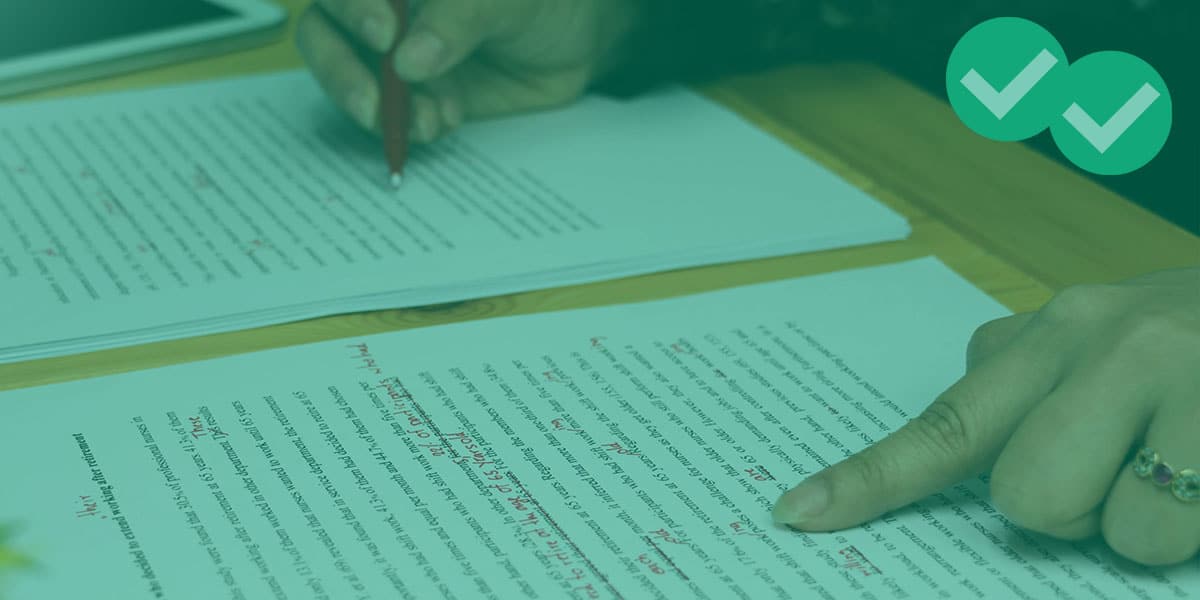
If you’re taking the IELTS, it’s likely that you want to get a top score on both writing tasks. So just what does it take to move up in writing band descriptors and get IELTS Writing Task 1 Academic band 9? In other words, how do you get a perfect score in the graph writing task?
Overall, your IELTS Writing band scores are determined using an official rubric, marking your tasks from 0 (lowest) to 9 (highest) in four categories: Task Achievement; Coherence and Cohesion; Lexical Resource; and Grammatical Range and Accuracy. In this post, I’ll take a close look at each one and how to build your skills in each area. This, in turn, will lead you to a higher band score. So here it is: what you need to get a top score on Task 1!
Table of Contents
- IELTS Academic Writing Task 1 Scoring Categories
- Example IELTS Academic Writing Task 1 Band 9 Essay
- Final Takeaways for IELTS Academic Writing Task 1 Band 9
IELTS Academic Writing Task 1 Scoring Categories
As you study for IELTS Writing Task 1, your goal should be to focus on making improvements that will have a significant impact on your score. To accomplish this, it helps to understand the four scoring categories for Academic Task 1 (graph writing).
Here are the resources that can help you maximize your IELTS Academic Writing Task 1 band 9 essay score in each of the categories!
Task Achievement
This is a measurement of how well you fulfilled the basic requirements of the task, based on the instructions. In other words: are you doing what’s being asked, completely?
According to the official rubric, the criteria for Band 9 in this area are:
- Fully satisfies all the requirements of the task
- Clearly presents a fully developed response
Curious how to do this? Check out the IELTS Writing Task 1:Paragraph Structure post to see our recommended template!
Grammatical Range and Accuracy
This is a measurement of your ability to use a wide range of grammatical structures without making a lot of grammatical errors. If you have enough time (a few months or more) before you take the IELTS, consider taking an English class or investing in a good grammar book for self-study. I often recommend this grammar book to intermediate and advanced students. It offers clear grammar explanations and contains many practice exercises.
Just how important is this? Very! In fact, the only criteria for an IELTS Academic Writing Task 1 Band 9 essay score in this category is:
- Uses a wide range of structures with full flexibility and accuracy; rare minor errors occur only as ‘slips’
Click here for our full guide to grammmatical range and accuracy for IELTS Writing Task 1.
Lexical Resource
This is your ability to use a wide range of vocabulary correctly (without errors) and appropriately (in the proper context) in your written responses. It should go without saying that studying vocabulary regularly will help you improve most in this area. Magoosh has (free!) IELTS vocabulary flashcards to get you started. You should try to learn 15-20 new words each day!
This will help you meet the IELTS official criterion for this category:
- Uses a wide range of vocabulary with very natural and sophisticated control of lexical features; rare minor errors occur only as ‘slips’
What does this mean? Glad you asked! We have a full article on lexical resource for IELTS Academic Writing Task 1.
Beyond reading that full guide learning new words, however, there are a few additional steps you can take to improve your “Lexical Resource” score.
First, check out Magoosh’s video guide to IELTS Task 1 for tips!
Coherence and Cohesion
This a measurement of your ability to present ideas logically and clearly. In other words, the IELTS wants to see that your ideas make sense in the order you present them and that they work together in a logical way. One of the best things you can do to improve your “Coherence and Cohesion” score is to master useful transition words.
Here’s how the IELTS rubric describes the criteria for a Band 9 score in this area:
- Uses cohesion in such a way that it attracts no attention
- Skilfully manages paragraphing
To learn more about how to skillfully manage your paragraphs, check out our blog post all about coherence and cohesion for IELTS Academic Writing Task 1.
Example IELTS Academic Writing Task 1 Band 9 Essay
Now that you’ve looked out for all this advice, check out Magoosh’s model band 9 essay. This essay comes with an answer explanation that explains how the writing meets IELTS Academic Writing Task 1 Band 9 standards.
For other model band 9 essays, check out:
- IELTS Academic Writing Task 1: Process Diagram with Model Answer
- IELTS Academic Writing Task 1: Map With Model Answer
- IELTS Academic Writing Task 1: Bar Chart with Model Answer
- IELTS Academic Writing Task 1: Pie Chart with Model Answer
- IELTS Academic Writing Task 1: Comparing two Graphics with Model Answer
Final Takeaways for IELTS Academic Writing Task 1 Band 9
Approaching the graph writing task can feel overwhelming at first. Luckily, though, the IELTS rubric is really clear about what it takes to get an IELTS Writing Task 1 academic band 9 score!
By staying on topic, developing your grammar skills, using a broad and precise vocabulary, and building coherence and cohesion, you’ll boost your IETLS Task 1 (graph writing) band score—and your English skills as well. And once you’ve mastered this task, don’t forget the biog picture: getting a top score ont he exam as a whole. To get started on that larger goal, check out our podcast episode “What is a Good IELTS Band Score“? And from there you can go even bigger, and check out our complete guide to every aspect of IELTS Writing.







Leave a Reply